
With the conclusion of the 2015 AVP (Association of Volleyball Professionals) season, many professional beach volleyball players are heading into their post season recovering from an intense summer of travel, sun and a whole lot of play time. I have been fortunate enough to work with some of these talented young men in my yoga classes and you better believe one of their main requests is for shoulder work, especially work that targets the rotator cuff.
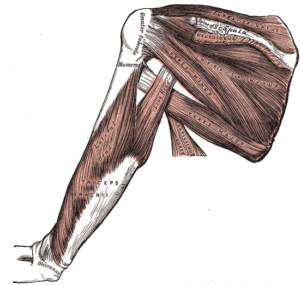
The rotator cuff is a series of four muscles that can be found surrounding your scapula that include the supraspinatus, subscapularis and teres minor (Biel, 2001). While all 4 tendons wrap around the head of the Humerus, the supraspinatus begins at the supraspinatus fossa, the infraspinatus and teres minor are just below in the infraspinous fossa. Finally, the subscapularis is squeezed between the subscapular fossa and serratus anterior muscle, between your ribs and scapula. All four muscles allow you to raise and rotate the arm and play an integral role in stabilizing the glenohumeral joint (aka the shoulder joint).
Many athletes who play sports that involve repetitive overhead motions tend to suffer from some sort of rotator cuff pain/tension or injury, and it is never pretty. Some common injuries that volleyball players may face include tendonitis or partial tears. This is typically due to overuse especially among positions that involve blocking and hitting. In beach volleyball, both players have the responsibility for these two prime overhead movements throughout the whole game placing them at higher risk for rotator cuff injuries. These overhead motions requires the rotator cuff muscles to handle the dynamic stability of the shoulder against larger muscles that generate large amounts force, such as the pectoralis major and deltoid muscles. Eventually the force generated by the larger powerhouse muscles impedes the ability for the smaller rotator cuff muscles to continue to stabilize the shoulder due to fatigue, which leaves them at risk for injury ((Christopher & Ricard, 2001).
So what to do? It is great for athletes to take advantage of the off season to reassess and build upon their current strength and mobility routine. If it is not being done already, adding rotator cuff targeted care can enhance shoulder health and promote longevity in what could potentially be a long career on the beach. There are many Yoga Tune Up® poses that can be used as tools to do just that. Tune in on Friday for my favorite exercise that will show your rotator cuff some much needed TLC, regardless of if you are an overhead athlete or not!
References
- Biel, Andrew. Trail Guide to the Body. 3rd ed. Boulder, CO: of Discovery., 2001. 76-100. Print.
- Christopher, G., & Ricard, M. (2001). Shoulder biomechanics in volleyball spiking: Implications for injuries. Uta.Edu, 1992.
Enjoyed this article? Read Reset Your Shoulders with Yoga Tune Up Therapy Balls


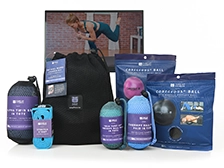
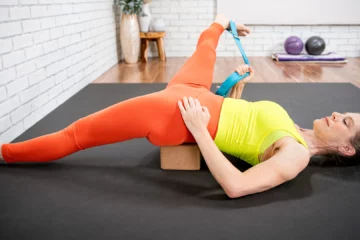

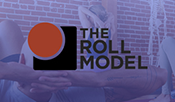
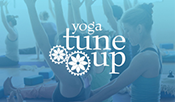


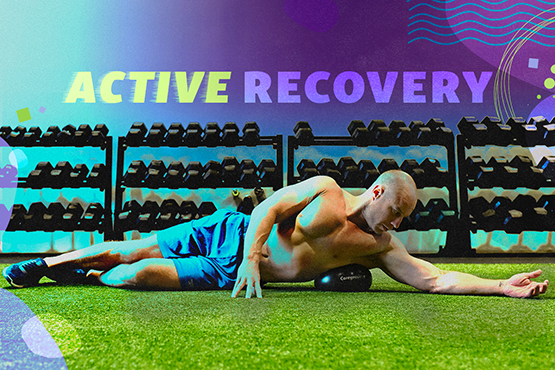
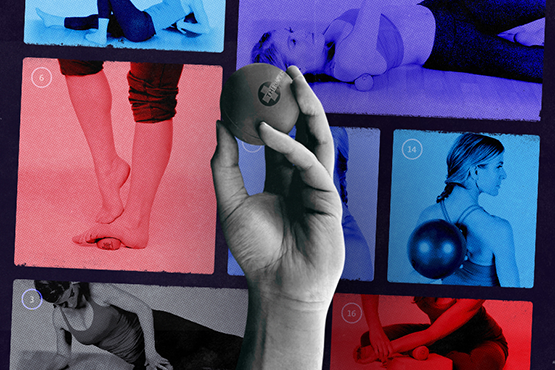
It makes a ton of sense that the rotator cuff assists with keeping the shoulder stable, it’s also one of the main reasons it can move. It makes a lot of sense that having the force behind such larger muscles overhead a smaller one, would lead to over use and recoup time needed. This helped me visualize how it occurs more using volleyball.
It can be hard to manage overuse injuries, particularly when it comes to sports. I played basketball my whole life, and have suffered some pretty serious shoulder dislocations and subluxations, so I know what it’s like to deal with overhead injuries! One of my favorite exercises to help rehab or set the shoulder up for better health in future endeavors is the kettelbell armbar. It not only forces the rotator cuff muscles to dynamically stabilize the joint, but it also helps integrate the scapulo-thoracic joint and breathing mechanics.
I played volleyball competitively for 6 years and one year in particular I participated in a ‘hitting’ camp. I’m sure you can guess what happened after spiking the ball 25,000 times in 2 days. I was in a lot of pain for a long time. If only I had YTU balls and a class to go to back then 🙂 We shouldn’t stop doing the things we love but we need to know how to support our bodies in the process- thanks Maya!
Would be great to find ways to balance the muscles in the non-dominant arm. Any ideas on how to do this?
I played volleyball competitively for most of my life, including college. I luckily never suffered a serious injury, but I definitely did some damage to my shoulders. I’m finding that years later in yoga class, I’m coming across imbalances between my left and right side because of the past overuse of my right side. I’d love to learn more about how YTU could provide targeted care to shoulders.
It seems that shoulder tension is an issue for athletes and regular folk as well. Its good to know and experience how the yoga tune up balls assist in pain management and relief.
The shoulder seems to be a place where tension can be held for most people, not just athletes, but it’s good to know that the tune up balls can support pain relief and pain management.
Thanks you !
Yes! This is a great article because it speaks to how the rotator cuff muscles can be weakened and injury-prone when they are overpowered by repetitive movements of the mighty pecs! I use the Yoga Tune Up Therapy Balls to bring balance, harmony, and health in the shoulder girdle. You don’t have to be a pro v-ball or competitive swimmer to see the benefits in rolling out the pecs — our typical North American lifestyle of sitting at a desk, slouched on a couch, hunched in the driver’s seat, and curved over our smartphones will dictate unnecessarily tight pectorals muscles.
Let’s roll ’em out 🙂
So true, Maya. The pectoral muscles definitely overpower the rotator cuff group and injuries happen. Not only to volleyball players, but swimmers, surfers, baseball players and the list goes on… That’s why I do YTU shoulder stability exercises and use YTU balls on daily basis to stay strong and functional. Shoulder surgery is no fun!
Thank you Maya! As a massage therapist I use YTU balls to release my rotator cuff every night!
It was a great reminder article, as I work with CrossFit and tennis athletes, I am continually educating my clients on their own shoulders…to remember to think about the movements and not just over use the over head action with out a care until an injury happens.
thanks for the reminder and the article. 🙂